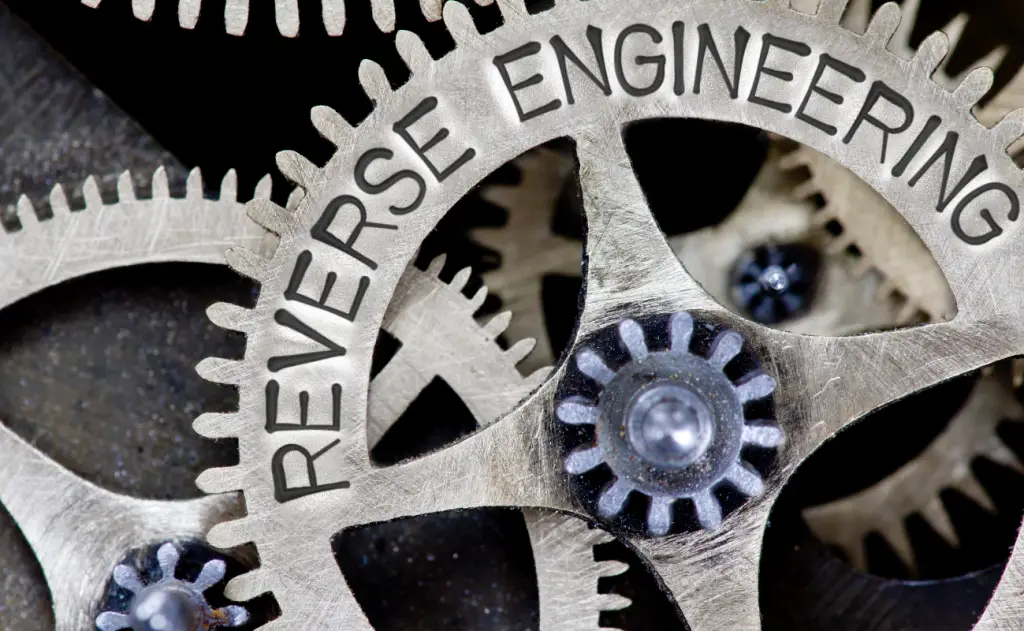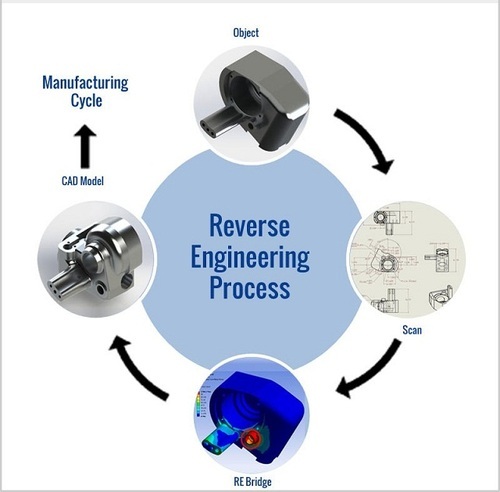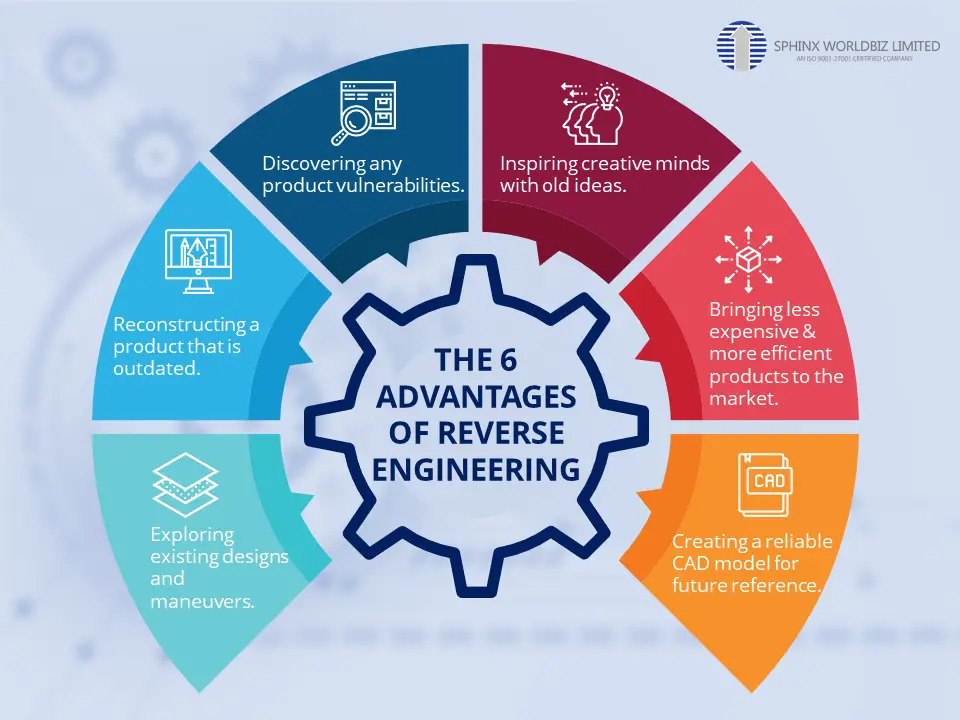Reverse Engineering for Government Products

Reverse engineering is the process of deconstructing a product to understand its design and functionality. It is commonly used for various purposes, including competitor analysis, product improvement, and technology innovation. In the context of government products, reverse engineering plays a crucial role in supporting national security, public health, and economic development.

One significant application of reverse engineering in government is to assess potential threats. By analyzing foreign military or intelligence equipment, analysts can identify vulnerabilities and develop countermeasures to protect national assets and personnel. For instance, during the Cold War, the United States used reverse engineering to study Soviet weapon systems and develop strategies to mitigate their capabilities.

Reverse engineering also supports public health efforts. By dissecting medical devices, diagnostic tools, and pharmaceuticals, researchers can identify design flaws, improve performance, and enhance patient safety. Additionally, reverse engineering allows governments to evaluate the effectiveness of new technologies in addressing urgent health concerns, such as pandemics or emerging infectious diseases.
Furthermore, reverse engineering fosters economic development by promoting technological innovation. By analyzing successful products from other countries or private companies, governments can identify opportunities to create domestic industries or upgrade existing ones. Reverse engineering can lead to the development of new products, improved manufacturing processes, and increased competitiveness in global markets.
However, it is important to note that reverse engineering has its limitations. Intellectual property laws often restrict the ability to copy or replicate products without consent. Additionally, reverse engineering can be time-consuming and expensive, and may not always yield the desired results.
Despite these limitations, reverse engineering remains an essential tool for governments to address challenges, protect national interests, and foster progress. By carefully weighing the risks and benefits, governments can harness the power of reverse engineering to enhance national security, improve public health, and stimulate economic growth.## Reverse Engineering for Government Products
Executive Summary
Reverse engineering government products involves analyzing and recreating an existing product to understand its design, functionality, and underlying principles. It allows companies to enhance their competitiveness and gain insights into future developments within the government sector. To effectively engage in reverse engineering, it is crucial to follow a structured approach, leverage advanced technologies, and implement comprehensive quality control measures.
Introduction
Reverse engineering has emerged as a valuable strategy for companies seeking to advance their capabilities and stay abreast of advancements within government-developed technologies. By meticulously analyzing existing government products, companies can acquire a comprehensive understanding of their intricate designs and innovative features. This knowledge empowers them to create innovative solutions that meet or exceed industry standards.
FAQs
-
What are the legal implications of reverse engineering government products?
Typically, reverse engineering of government products is permissible if the product is not subject to copyright protection or patent restrictions. However, it is vital to verify the applicable intellectual property rights and legal frameworks governing the product in question.
-
Which government products are suitable for reverse engineering?
Reverse engineering is suited for a wide range of government products, particularly those with unique or advanced functionalities, robust designs, or a high demand in the marketplace.
-
What are the benefits of reverse engineering government products?
Reverse engineering offers numerous benefits, including the acquisition of valuable knowledge, the potential for improved product development, enhanced troubleshooting capabilities, and the ability to identify areas for innovation.
Key Subtopics for Reverse Engineering Government Products
1. Design Analysis
Design analysis involves thoroughly inspecting the product’s physical structure, materials, and components to uncover its underlying principles and engineering details.
- Material composition and properties
- Functional analysis of components
- Structural integrity and durability
- Ergonomic considerations
2. Performance Evaluation
Performance evaluation involves testing and measuring the product’s functionality, efficiency, and reliability under various operating conditions.
- Operational parameters and limitations
- Environmental tolerance and durability
- Precision and accuracy
- Reliability and maintenance requirements
3. Manufacturing Process
Manufacturing process analysis focuses on understanding the techniques, equipment, and materials employed in the product’s fabrication.
- Production methods and tooling
- Quality control and inspection processes
- Supply chain and resource management
- Cost analysis
4. Innovation Integration
Innovation integration aims to incorporate new ideas and technologies into the reverse engineered design, creating a novel product offering.
- Identification of key performance improvements
- Evaluation of emerging technologies
- Concept generation and prototyping
- Testing and validation
5. Intellectual Property Protection
Intellectual property protection involves safeguarding the proprietary information acquired through reverse engineering.
- Patent and trademark filing
- Non-disclosure agreements and confidentiality
- Due diligence and risk assessment
- Compliance with export regulations
Conclusion
Reverse engineering government products offers a strategic pathway for organizations to enhance their competitive edge, expand their technological capabilities, and contribute to the advancement of the industry. By leveraging a systematic approach, capitalizing on cutting-edge technologies, and implementing stringent quality control measures, companies can harness the potential of reverse engineering to unlock innovation and achieve operational excellence.
Keyword Tags
- Reverse Engineering
- Government Products
- Product Development
- Innovation
- Intellectual Property Protection
